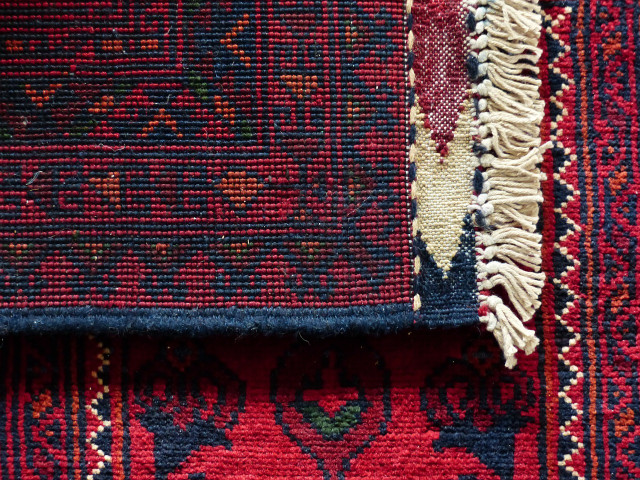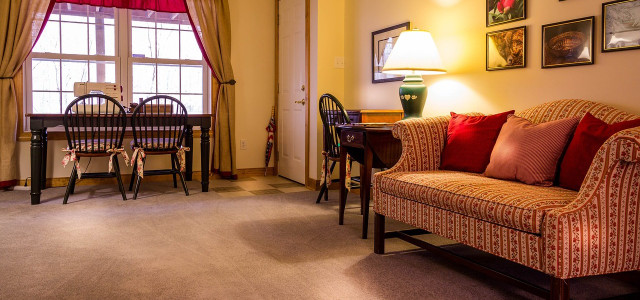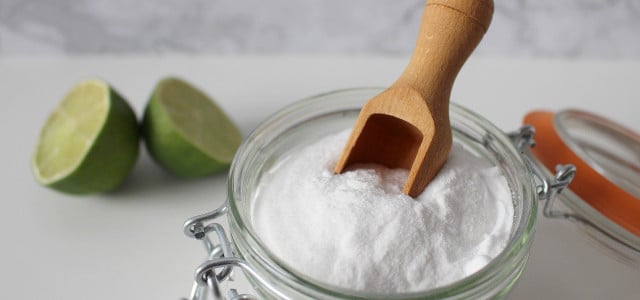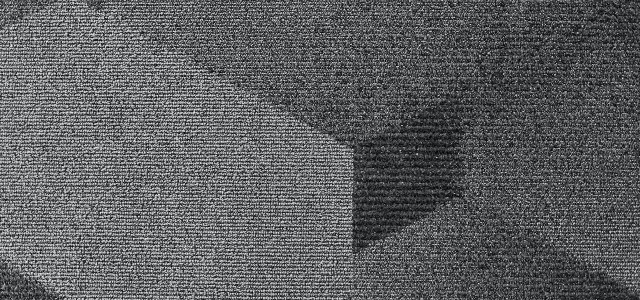Funky mildew smells coming from your carpets are unpleasant. So if you're wondering how to get the mildew smell out of your carpet, here are some easy and natural ways you can try.
Prevention is the best medicine when tackling mildew smells in your carpet, but if the problem is already present, there are some very effective and natural ways to remedy the situation. So put aside those nasty chemical cleaners and reach for some natural and gentle cleaners instead.
Note: the following tips are for minor mildew problems that affect only a small section of your carpet. If the problem is more widespread, you may need to consider professional cleaning or even removing the carpet entirely if the problem is too far gone.
How to Get the Mildew Smell out of Carpet

(Foto: CC0 / Pixabay / stevepb)
Lemon Juice
Thanks to its slightly acidic content, organic GMO-free lemon juice is a great non-toxic option in eliminating mold and mildew. You can even use freshly squeezed lemon juice or concentrate from the store. It is also freshly fragrant, which quickly neutralizes unpleasant smells.
How to use:
- After washing off affected area with warm water and a sponge, towel dry the remaining moisture and apply your lemon juice solution using a handy spray bottle.
- Using a soft scrubbing brush or sponge, gently scrub the affected area and let the lemon juice sit for 15 or 20 minutes minimum, allowing it time work in breaking down any mildew present.
- Using recycled paper towels or reusable washable cloth, soak up the excess moisture and allow the carpet to air dry thoroughly.
- You may need to repeat the process to get the best results.
White Vinegar
White vinegar is mildly acidic and like lemon juice, this makes it ideal for tackling mildew and unpleasant smells associated with it. Both safe and affordable, vinegar of course has its own odor, which is strong but harmless and will dissipate very quickly.
How to use:
- Mix up together 1 part water and 1 part white vinegar solution and place in a spray bottle.
- After washing off affected area with warm water and a sponge, spray the solution lightly and evenly over your affected carpet – you don’t want to saturate it. Leave it rest for at least 15 to 20 minutes.
- Again, using a paper towel alternative, soak up any excess moisture in your carpet and let it properly dry. Repeat if necessary.
Baking Soda
Milder than vinegar, baking soda is a good deodorizer but might struggle in eliminating smells if the mildew growth in your carpet is a little more aggressive. Another benefit of baking soda is that it will not damage or discolor carpet fiber and any remaining residue will help prevent the mold from reappearing.
How to use:
- Make a baking soda spray solution, combine two tablespoons of baking soda with two cups of water in a spray bottle. Shake well before use.
- Spray on the moldy area and scrub with a brush or cloth.
- Rinse the area and spray again, this time letting it air dry.
Tea Tree Oil
An all-natural ingredient, tea tree essential oil has antibacterial properties and is effective in removing many types of mold and mildew. Depending on your personal preference, it also offers a pleasant scent that will quickly neutralize bad smells coming from your carpet and eventually dissipates on its own.
How to use:
- Mix 2 tsp. of tea tree oil with two cups of water or two cups of distilled white vinegar.
- Once mixed in a spray bottle, spray your solution directly on the area affected until slightly wet.
- Allow the mixture to soak into the carpet and deep clean any mildew present in the pile.
- After the solution has set for at least 15 minutes, wipe or soak up any excess liquid on the affected area as needed.
Grapefruit Seed Extract
Grapefruit seed extract is rich in essential oils, making it a great eco-friendly choice as a cleaning agent. It is similar to tea tree oil but without the strong scent.
How to use:
- Mix 10 drops of extract in a cup of water and pour it into a spray bottle.
- Spray the solution on the affected carpet area and let set for 15 to 20 minutes.
- Soak up any moisture present and allow the area to properly dry.
Note: some commercially produced grapefruit seed extracts are less natural than others, with many being highly processed and mixed with chemical additives. Try and seek out ‘all natural’ GMO-free grapefruit seed extract where possible.
Avoid Using:
- Formaldehyde
- Antibacterials
- Chlorine Bleach
- Ammonia
- Quaternary Ammonium Compounds
- Butoxyethanol
- Diethylene Glycol Monomethyl Ether
Not only are these solutions toxic and harmful if you come into contact with them directly, they run the risk of discoloring and damaging your carpet.
Some Ways to Prevent Mildew



(Foto: CC0 / Pixabay / Hans)
Darkness, moisture, and lack of airflow are all conducive to the growth of mold and mildew. These issues, if left uncorrected, can even cause physical damage to your home and carpets and become hazardous to your health long-term. Like most problems, it is much easier to prevent mildew in the first place, rather than getting rid of it once it appears, so a few simple steps will allow you to keep on top of things.
- Soak Up Spills Immediately: Don’t just hope that wet or damp carpets will dry out by themselves. You need to deprive mildew of the moist environment it thrives in, so soak up any excess moisture immediately.
- Check For Mildew Regularly: This might mean checking under loose rugs and carpets underneath for any discoloring on a regular basis. Where possible you will need to check any underlays present for wear and tear, dampness or the tell-tale signs of mildew.
- Pay Attention To Leaks & Musty Smells: Upon noticing unwanted smells associated with mildew, find out where they are coming from and eliminate odors immediately before the mildew really starts to thrive. Also check areas of carpet around windows for any signs of moisture build-up. Any carpets or rugs close to kitchen or bathroom sinks should also be regularly checked for mildew.
- Let Sunshine And Fresh Air In: Where ever you can, always allow the natural elements to do their best in eliminating humidity and dampness from accumulating in your home. Fresh air and sunlight will work at maintaining dry conditions which mildew doesn’t like.
- Regularly Vacuum Carpets & Spring Clean Your Home: Vacuuming is an effective way of reducing the amount of debris and dust in your carpet, which combined with moisture acts as the perfect environment for mildew. Old clutter like cardboard boxes, newspapers and magazines should be thrown out as they also tend to attract moisture leading to mildew growth.
Ultimately it is all about reducing humidity and moisture in your carpeted areas and living spaces, combined with regular cleaning. This is the simplest and least time-consuming way in preventing mildew from spreading.
Read more:
- Washing Soda vs. Baking Soda: Is There a Difference?
- How to Get Mold Out of Clothes and Other Fabrics
- The Best Way to Clean Tile Floors Without Chemicals
Important Information regarding Health-related Topics.
** Links to retailers marked with ** or underlined orange are partially partner links: If you buy here, you actively support Utopia.org, because we will receive a small part of the sales proceeds. More info.Do you like this post?








